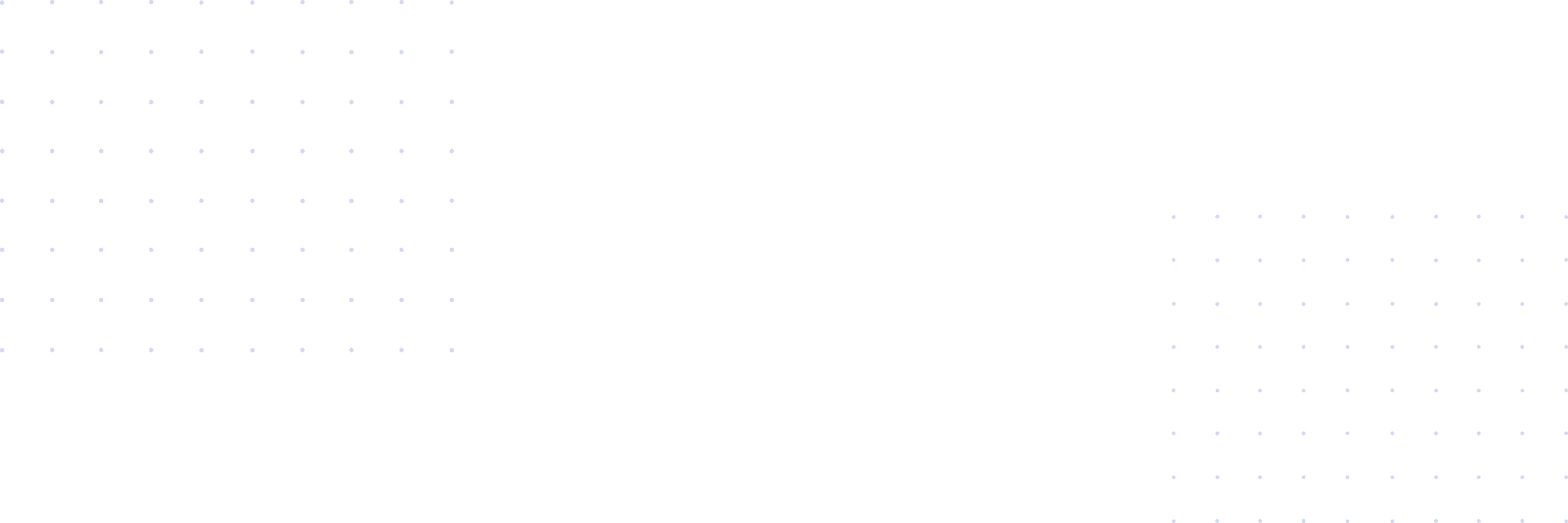A tradeline is a record of any credit account that appears on your credit report. It’s initiated when you open a credit account, such as a credit card, mortgage or auto loan, and it includes key details about the account and how you’ve managed it over time.
Read on to learn more about the different types of credit tradelines and how to add or remove them from your credit report.
What Are Credit Tradelines And How Do They Work?
Credit tradelines are simply the accounts listed on your credit report. Each time you open a new credit account, such as a credit card, mortgage, or auto loan, a tradeline for that account is created in your credit report. It typically includes the following information:
- Type of account (i.e., credit card, student loan, mortgage, etc.)
- Date the account was opened
- Account balance
- Payment history
- Credit limit or loan amount
Different Types Of Credit Tradelines
When you review your credit report, you may notice the following types of credit tradelines:
- Credit cards: This type of tradeline reflects your credit card accounts. It includes details such as the card issuer, the type of card, your credit limit, balance, payment history and how long you’ve had the account. Responsible usage and timely payments on these tradelines can help boost your credit score.
- Retail accounts: Similar to credit cards, these are often associated with specific retail stores. Although they generally work only at the issuing store, they function the same as regular credit cards by recording your payment and usage habits.
- Installment loans: These loans have a set number of fixed monthly payments. Your credit report will show the original loan amount, the remaining balance and your payment history.
- Lines of credit: This covers various types, including personal lines of credit and home equity lines of credit (HELOC). They differ from installment loans as they allow you to borrow up to a certain limit on an as-needed basis during a set period and only pay interest on the amount borrowed.
Credit Tradelines And Credit Bureaus
The Importance Of Tradelines In Credit Scoring
As previously mentioned, your credit score is a three-digit number between 300 and 850 that represents your creditworthiness. Your credit history plays a significant role in calculating your credit score.
How Credit Bureaus Track Tradelines
Credit bureaus are responsible for tracking and managing the data associated with your tradelines. This data, which includes the type of account, the date it was opened, your payment records and the amount owed, is included in your credit report.
Impact Of Tradelines On Your Credit Report
The influence of tradelines on your credit report is significant. Positive tradelines, showing a history of on-time payments and responsible credit utilization, can boost your credit score. However, negative tradelines, such as those indicating late payments or high credit utilization, can lower your score.
Keeping an eye on the tradelines in your credit report is key to maintaining a healthy financial profile.
The Legalities Of Establishing Tradelines Of Credit
Here’s what you need to know about credit tradelines from a legal perspective.
The Truth Behind Purchasing Tradelines
Purchasing tradelines entails being added as an authorized user to someone else’s credit account with the intent to boost your credit score. There isn’t a federal law prohibiting this practice, but it’s often perceived as unethical despite its potential benefits.
That said, it’s essential to understand that lenders may consider the age, limit and payment history of these tradelines as they evaluate your creditworthiness. So, you only want to add a tradeline to your credit profile if it reflects a positive payment history and is in good standing.
Common Myths And Misconceptions About Tradelines
A prevalent myth is that adding tradelines will instantly fix your credit. Tradelines contribute to credit history, but they don’t erase past credit mistakes. Furthermore, while you’re not responsible for debt incurred on a tradeline for which you’re an authorized user, the account’s activity still affects your credit score. So, being off the hook for the balance is ideal, but your credit score could still take a dive if the account isn’t properly managed.
The Potential Risks And Rewards
The use of tradelines comes with both potential risks and rewards to be aware of.
Risks:
- Lenders may devalue tradelines from users related to you. Simply put, if it’s not from a blood relative or spouse, it likely won’t hold much value.
- The primary account holder’s negative credit actions can damage your score. In this case, the only way to preserve your credit health would be to remove yourself as an authorized user.
Rewards:
- A higher credit limit on your report can decrease your overall credit utilization ratio. Since this figure accounts for 30 percent of your credit score, you could see an increase.
- A positive payment history on the account can positively impact your credit score. Payment history accounts for 35 percent of your credit score, so timely payments over time work in your favor.
Managing Your Tradelines Of Credit
This involves understanding how to add positive credit tradelines to your credit report and knowing when and how to remove any negative tradelines that may be present.
How To Add Credit Tradelines From Your Credit Report
To add credit tradelines, start by ensuring that all current credit accounts are in your name and that creditors are reporting to credit bureaus.
- Open new accounts: Consider opening additional credit accounts responsibly, as each account adds a new tradeline to your credit report.
- Become an authorized user: If a family member has a credit card with a strong payment history, you can become an authorized user on their account.
Each new tradeline adds to your credit history, which creditors review when you apply for loans or additional credit.
How To Remove Credit Tradelines From Your Credit Report
There might be instances where removing credit tradelines from your report is necessary to help improve your credit score. If you’re an authorized user, simply reach out to the creditor or lender and ask to be removed from the account. The primary account holder can also do this on your behalf. Otherwise:
- Settle collections: For negative tradelines like collections, you can negotiate a settlement with the creditor and request that they remove the tradeline once you remit payment. (Note: Be sure to get a signed agreement in writing before exercising this option).
- Dispute errors: Examine your credit report for errors. If you find outdated accounts that are past the reporting timeline, file a dispute with the respective credit bureau(s) to have them removed.
Are you looking to dispute errors in your credit report? The Credit Pros can help you navigate this process with personalized solutions and expert guidance. With their proven track record of fast and effective results, you can trust that they have the expertise to assist you in managing your credit accounts and achieving financial stability.
Contact The Credit Pros today for a free consultation with no obligation to sign up by calling (888) 558-1602 or filling out a form to get started. With their 100% 90-day money-back guarantee and affordable pricing with no long-term contracts, you can trust that The Credit Pros are committed to helping you succeed. Let them help you take control of your credit and achieve financial stability today.
FAQs About Tradeline Of Credit
Buying credit tradelines is a controversial practice. While it’s not illegal to be added as an authorized user to someone’s credit card, actively purchasing tradelines to boost your credit score quickly is discouraged by financial entities and is often viewed as deceptive.
The impact of a tradeline on your credit score can vary. Factors include the age of the tradeline, the credit limit and the payment history of the account. A well-maintained tradeline may improve your credit score, but there’s no guarantee of a specific increase as credit bureaus use a comprehensive algorithm to calculate scores.
There’s no one-size-fits-all answer to the ideal number of tradelines on your credit report. Generally, having a mix of different types of tradelines (i.e., revolving and installment accounts) can indicate to lenders that you can manage various types of credit responsibly. The key is to have enough tradelines to build a history without overextending yourself.
Conclusion: Using Tradelines To Achieve Financial Success
Tradelines are an essential aspect of your credit report, and effective management can be a strategic step toward boosting your credit score. To leverage these accounts, ensure they’re accurately reported in your credit profile, whether you’re the primary account holder or an authorized user. Balance and responsible use are also key – you want to avoid maxing out any single line of credit to maintain a healthy credit utilization ratio not exceeding 30 percent.
It’s equally important to adopt a strategic approach to utilizing tradelines if you’re added to someone else’s account as an authorized user. Consider the age of the account, the credit limit and the payment history. Older accounts with flawless payment records and higher credit limits can particularly aid in creating a strong credit profile.
But remember that unnecessary borrowing can lead to debt accumulation. Prioritize your financial goals when choosing to open new lines of credit to derive the maximum benefit from adopting this approach.






